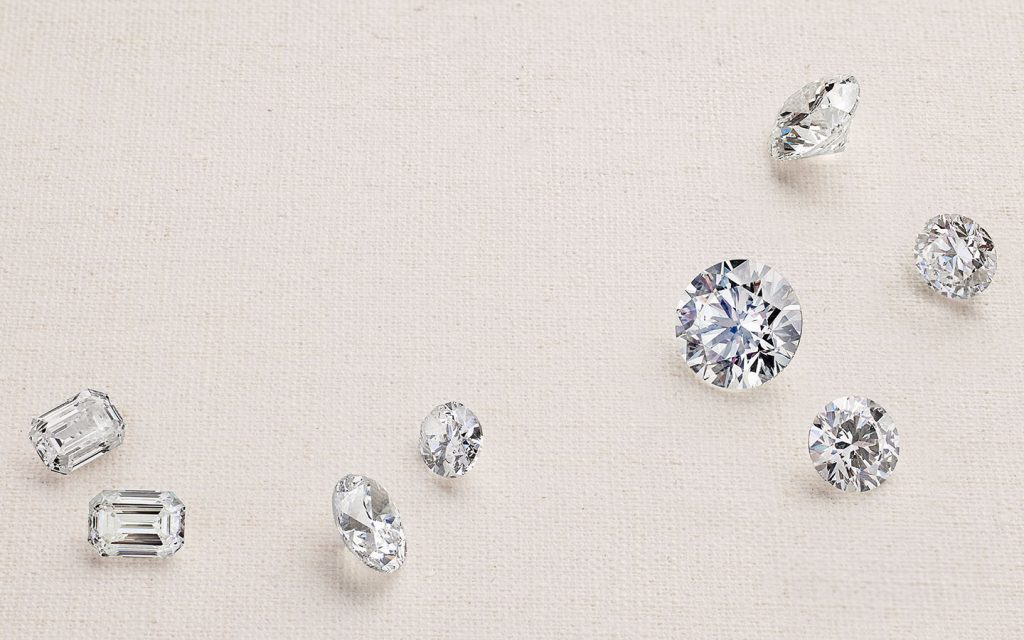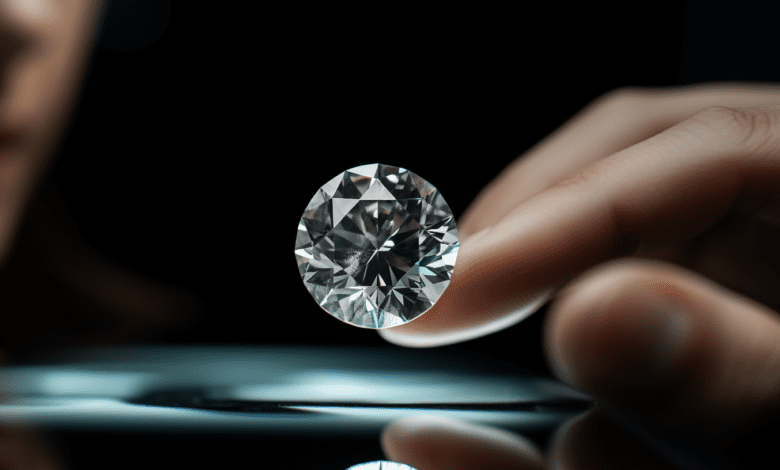Introduction
In the realm of diamonds, the advent of lab-grown varieties has sparked a notable conversation. Among the discussions, a significant comparison emerges: IGI versus GIA lab-grown diamonds. Understanding the nuances of these certifications can influence your diamond purchasing decisions significantly. Let’s delve into the depths of these certifications and unravel their implications.
What is Lab Grown Diamond?
Lab-grown diamonds, as the name suggests, are diamonds that are created in controlled laboratory environments rather than being mined from the earth. They possess identical physical, chemical, and optical properties to natural diamonds.
Definition
Lab-grown diamonds, also known as synthetic or man-made diamonds, are produced through high-pressure, high-temperature (HPHT) or chemical vapor deposition (CVD) processes. These processes simulate the natural conditions under which diamonds form in the earth’s mantle.
How are they made?
In HPHT, carbon atoms are subjected to extreme pressure and temperature, causing them to crystallize into diamond structures. CVD involves the deposition of carbon atoms onto a substrate, gradually building up diamond layers.
Understanding GIA Certification
The Gemological Institute of America (GIA) is a renowned authority in diamond grading and certification. Their certifications hold significant weight in the diamond industry.
Importance of GIA Certification
GIA certification provides assurance regarding the quality and authenticity of diamonds. It includes detailed information about the diamond’s characteristics, such as cut, color, clarity, and carat weight.
Criteria for GIA Certification
GIA evaluates diamonds based on the 4Cs: Cut, igi vs gia lab grown, Color, Clarity, and Carat weight. Each diamond undergoes rigorous examination by experienced gemologists to determine its grade and authenticity.
Understanding IGI Certification
The International Gemological Institute (IGI) is another prominent player in diamond certification, offering comprehensive assessments of diamond quality.
Importance of IGI Certification
IGI certification serves as a reliable indicator of a diamond’s quality and ensures transparency in the diamond trade. It provides consumers with confidence in their diamond purchases.
Criteria for IGI Certification
IGI assesses diamonds based on similar criteria as GIA, focusing on the 4Cs. Their thorough evaluation process ensures accurate grading and certification of diamonds.
Quality Assessment: IGI vs GIA
When comparing IGI and GIA certifications, several factors come into play, influencing the perceived quality of lab-grown diamonds.
Grading Standards
Both IGI and GIA adhere to strict grading standards, ensuring consistency and accuracy in their assessments. However, slight variations may exist in their grading methodologies.
Consistency
GIA is renowned for its consistency and reliability in diamond grading. Its strict protocols and experienced gemologists contribute to the consistency of its certifications.
Reputation
While both IGI and GIA enjoy favorable reputations in the diamond industry, GIA’s long-standing history and global recognition often place it at the forefront of consumer trust.
Price Comparison
The price of lab-grown diamonds can vary significantly based on various factors, including certification, quality, lab created diamonds, and market demand.
Factors Influencing Price
Certification from reputed organizations like GIA often commands a premium price due to the perceived quality and authenticity it offers. Additionally, factors such as diamond size, color, and clarity influence pricing.
Affordability
Lab-grown diamonds, in general, are more affordable than their natural counterparts. However, opting for a GIA-certified lab-grown diamond may entail a slightly higher cost compared to IGI-certified ones.
Consumer Trust and Confidence
Certification plays a pivotal role in establishing consumer trust and confidence in the diamond market.
Impact of Certification
Certification from reputable organizations like GIA and IGI assures consumers of the quality and authenticity of their diamond purchases. It provides peace of mind and eliminates uncertainties.
Customer Perception
Consumers often perceive diamonds with GIA certification as superior in quality and value compared to those with IGI certification. However, individual preferences and budget constraints may influence purchasing decisions.
Market Trends
The diamond market is constantly evolving, with shifting trends and consumer preferences shaping its landscape.
Growth of Lab Grown Diamonds
The demand for lab-grown diamonds has been steadily increasing in recent years, driven by factors such as ethical considerations, environmental concerns, and affordability.
Preference among Consumers
While natural diamonds continue to hold sentimental value for many consumers, lab-grown diamonds are gaining traction, especially among younger generations seeking sustainable and ethically sourced alternatives.
Conclusion
In the realm of lab-grown diamonds, the choice between IGI and GIA certifications is a critical one. While both certifications offer assurances of quality and authenticity, factors such as reputation, consistency, and pricing may sway consumer preferences. Ultimately, understanding the nuances of these certifications empowers consumers to make informed decisions aligning with their preferences and values. Whether it’s the prestige of GIA or the reliability of IGI, the choice is yours to make, ensuring that your diamond purchase reflects your individuality and values.



